So you want to start gardening and don’t know where to start? There’s no wrong or right way to gardening. There are some guidelines that people do follow, but one doesn’t need to follow it to the T to be successful at growing vegetables and fruit. With a little research, you can walk away with baskets full of veggies and fruit after a few months of gardening!
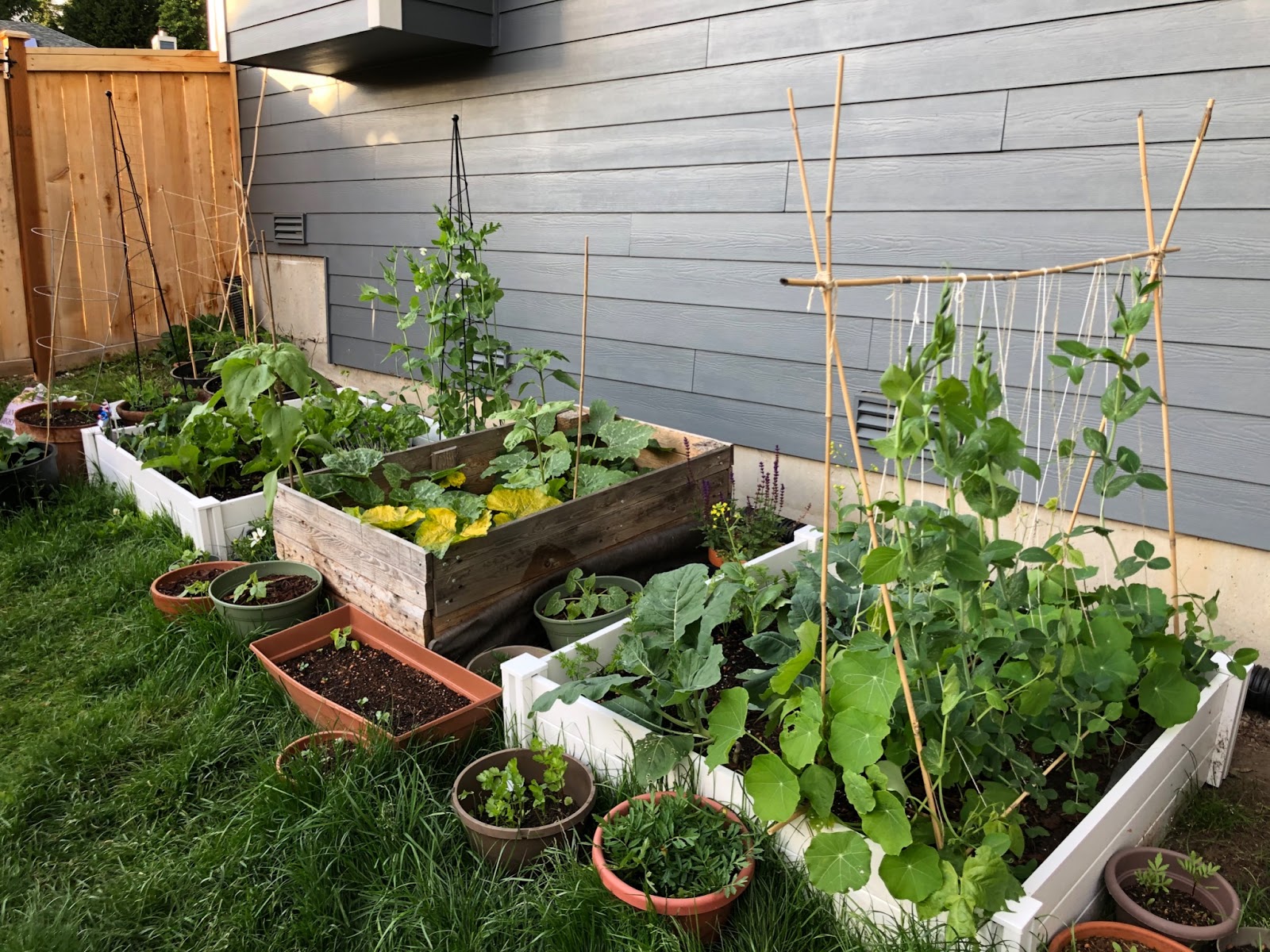
Step 1: Find a spot where you want to start your garden.
Vegetables, fruits, and flowers all need some sun to grow. Some need more sun than other things. But you can have the biggest of spaces for your garden, or the smallest of balconies and still start a garden successfully. A little sunshine can go a long way.So pick a sunny spot, be it your kitchen window sill, that balcony, your front porch, or sunny spot in your yard and get growing!
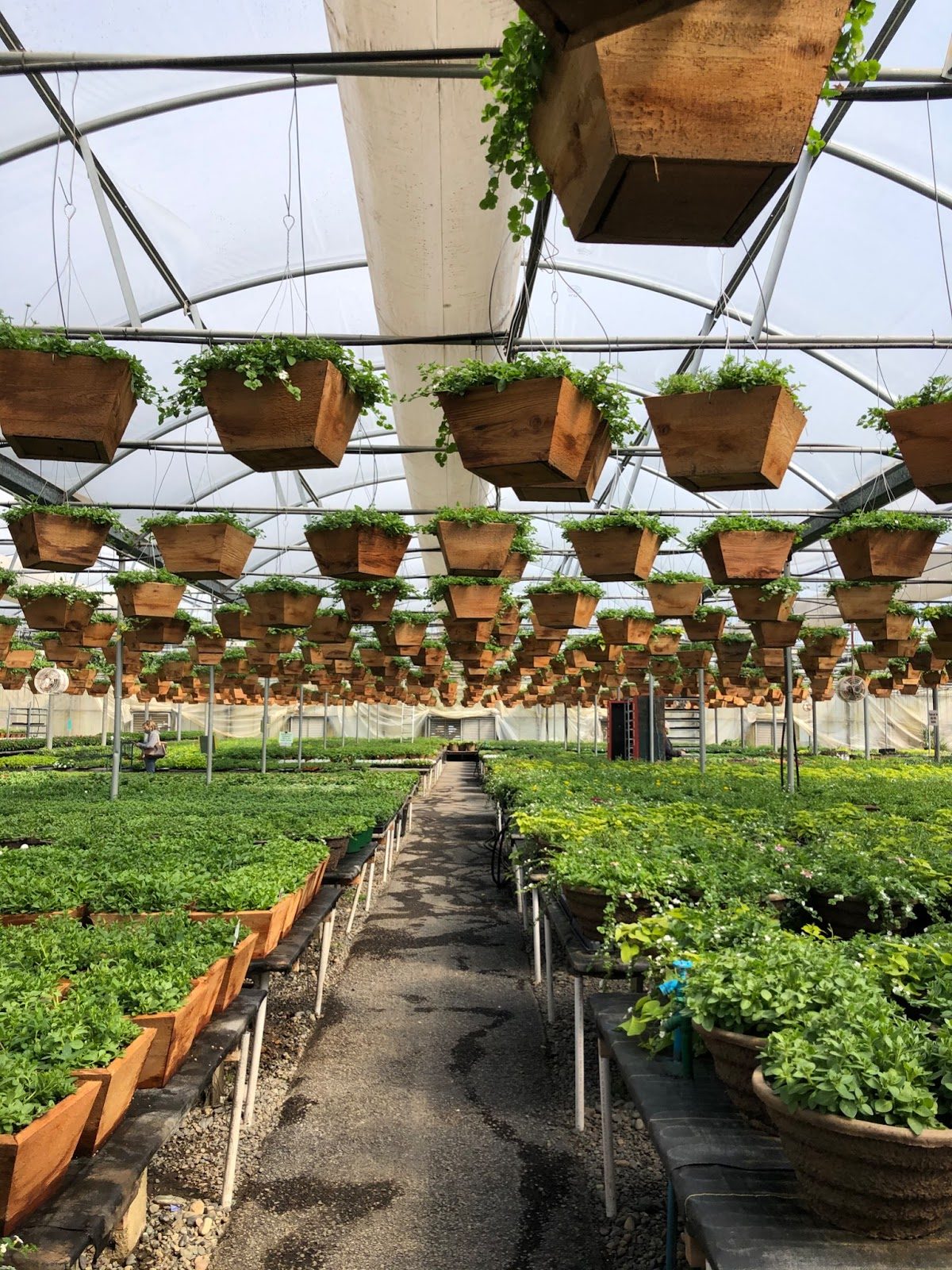
Step 2: Do you want to buy a plant (aka seedlings) from the store and watch it grow? Or start your garden from seeds?
Before I started buying all the seeds in the world, I picked up my first tomato plant from Home Depot, planted it in a bigger pot, and watched it grow all summer. By the end of summer… I had giant tomatoes hanging off the plant. Buying seedlings and transplanting them into your grow space is easier than starting plants from seeds. A lot of stores sell vegetable and flower seedlings! You can buy them from your local hardware store, like Ace Hardware, a nursery, like Sky Nursery, even grocery stores like Fred Meyer or Grocery Outlet have plants! The only drawback of buying starts from the store vs seeds, is that stores don’t carry as much variety compared to starting vegetables from seeds. Usually stores carry the most popular varieties.
If you start your garden from seeds, there’s more variety of what you can grow. From white to purple, to orange cauliflower, and so many different types of lettuce. There’s so many more options when you start from seed! But it takes more time. As for where to buy seeds, most stores carry seeds, from Target and Walmart, to your local grocery store. My best budget friendly seed finds have been from the Dollar Tree, where they sell seed packets 4 for $1.
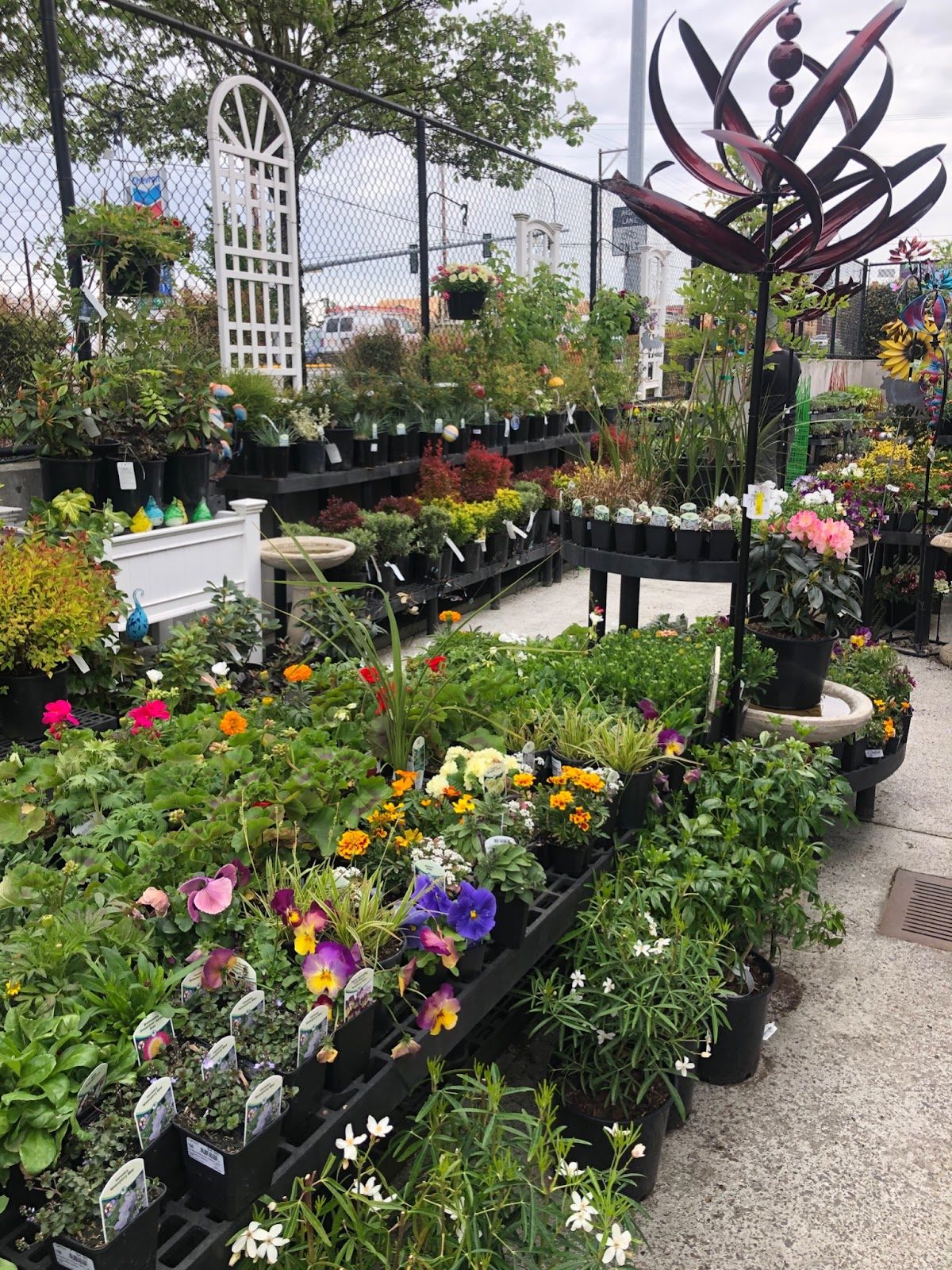
Step 3: When can you plant things outside?
A lot of big box stores will have the plants they’re selling sitting outside too early. Plants like tomatoes, peppers, and eggplants are heat lovers, and if set out too early in the season, can stunt their growth and production down the line.
To start, look up what gardening zone you are in. Knowing what gardening zone you are in helps with figuring out what the predicted first and last frost of your area is, and how long your growing season is. With knowing these things, you can figure out if you can grow certain things in your garden. For me, I am in zone 8. My last frost hits early April, and first frost hits early November, leaving me with a pretty long growing time for my garden. Some zones have short growing seasons (think Alaska) and might not be able to grow certain fruits and vegetables outside because of it.
So when you start your garden, check if your plant is frost tolerant or not, and protect the plant until you know that there is no more freezing weather before moving it outside.
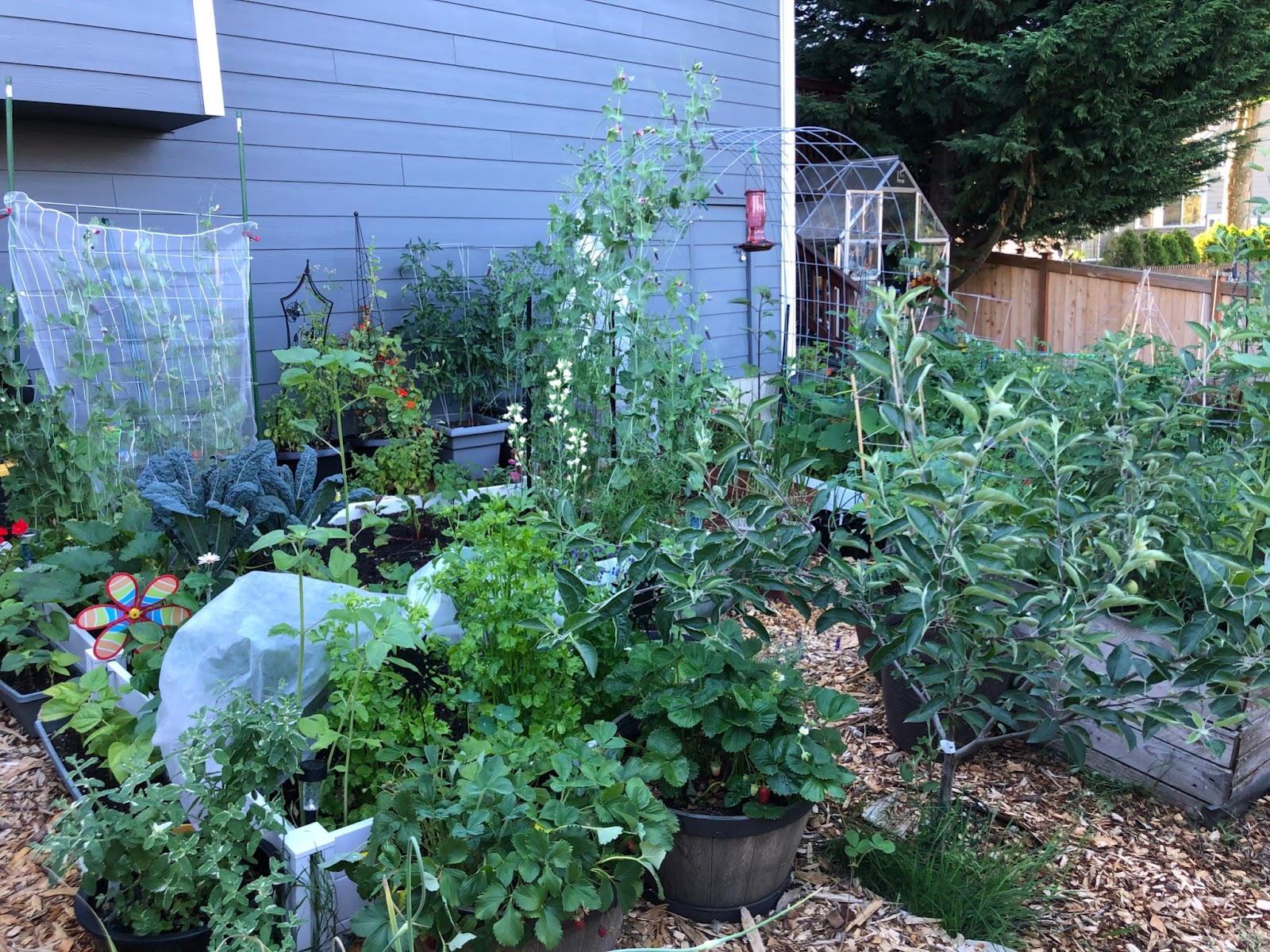
Step 4: Water Your Garden
Water your garden regularly, especially during the peak of summer. Some plants need more water than others.
Things I wish I knew my first year of gardening:
- Some vegetables are easier to grow than others. Radishes, leafy greens, and beans are all on the easy to grow end. A lot of people start with tomatoes, but I would categorize them as not the easiest, since there’s a lot of disease and pests out there that can impact their growth! But don’t be disheartened, grow what you like to eat!
- Summer and winter squash need to be pollinated for them to develop to maturity. The squash plant will grow a male and female flower, and one needs to pollinate the other for its fruit to grow successfully. Either the bees will pollinate them, or you hand pollinate by taking the male flower pollen and putting it on the female flower.
- Check your garden for pests regularly. Pests will eat your plants down to the nub and are your biggest enemy in the garden. They can be rabbits, those white butterflies, etc.
These are just some of the things I have learned over the years gardening in the Pacific Northwest. You learn something new every year gardening. Be it different plant diseases, pests, etc. Google and YouTube are your best friends. There are also a ton of different gardening groups on Facebook that can help answer questions you have. Happy gardening!
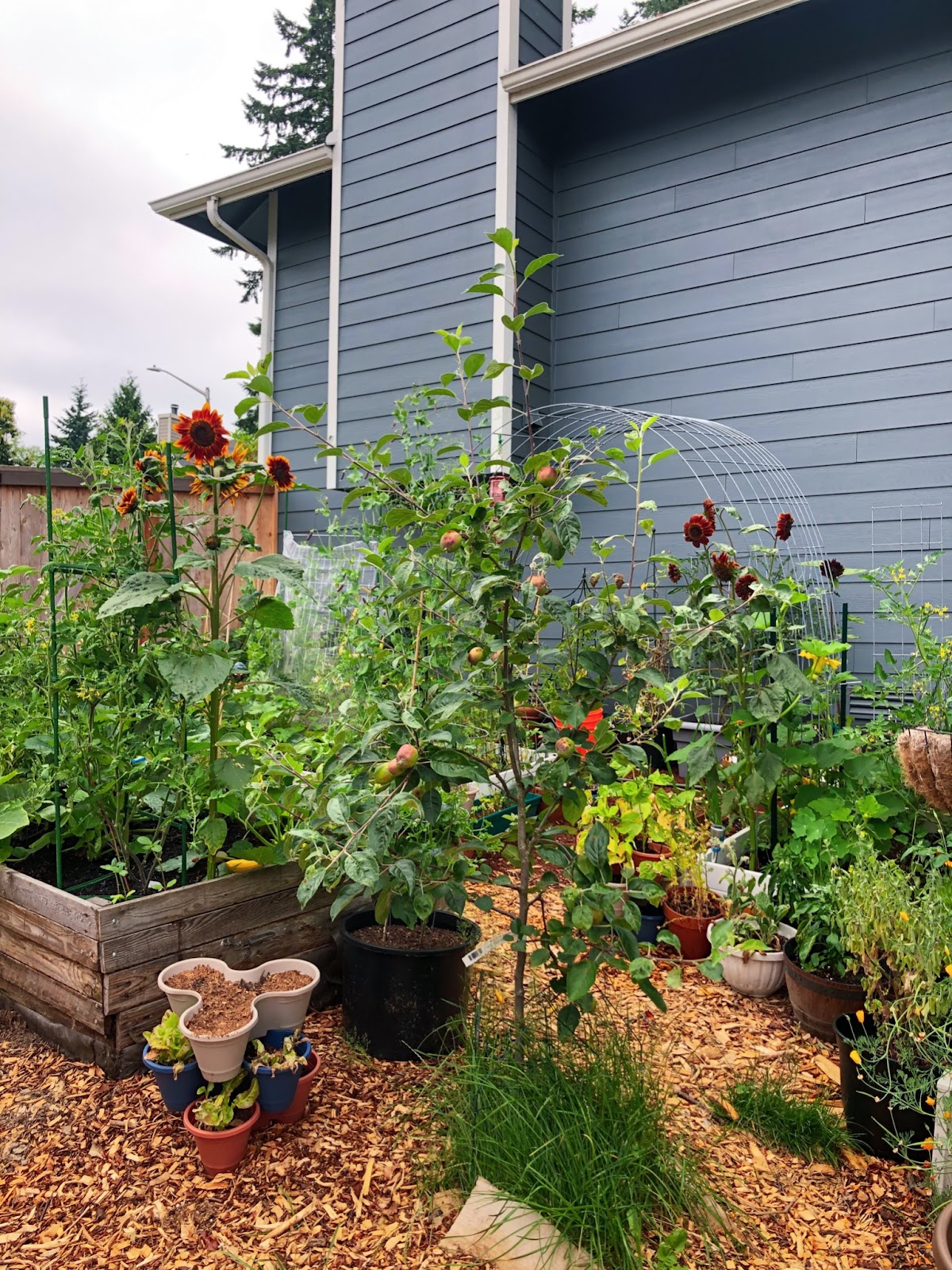



I am a Lewis County Master Gardner in training and appreciate Doris Wang’s article. As she mentioned, there is always something new to learn each year. Thank you for sharing Ms. Wang’s article!
Also, thank you for sharing all your interesting articles and images as they are very inspiring to get out and Explore!
Mahalo for your insight. I have tried growing but have failed many a times over. Your right, tomatoes are always the first to get picked but the hardest to grow. I want to try again this 2023. I will be doing more research and starting as simple and easy as I can. So tomatoes are not on the list 😀
[…] you want to start a garden from seed, most seed packets you pick up from the store have directions on the back telling you […]
When should I plant Forget-Me-Not seeds
Hello Barbara-
Found the following information. I hope it helps answer you question about the best time to plant your Forget Me Nots.
For optimal growth, consider starting forget-me-not seeds indoors or opting for mature plant transplants in your garden:
Seed Sowing: The preferred approach for initiating forget-me-nots growth is by planting seeds indoors in early spring, about 10 weeks prior to the last frost. (You can also plant the seeds directly in the garden post-frost in early summer, though this will delay blooming until the next year.) For sowing, pick a container or seed tray with drainage holes, fill it with a well-draining seed starting mix, and lightly scatter two to three seeds per inch on the soil’s surface. Gently press down to ensure contact between the seeds and the soil.
Moisture Maintenance: Ensure the soil remains consistently moist to support seed sprouting and root development.
Seedling Acclimatization: After your seedlings develop two sets of true leaves, it’s time to acclimate them to outdoor conditions to prevent shock. Start the hardening off process 10–14 days before you plan to transplant by placing the seedlings outside in a protected area away from strong winds and direct sunlight for one hour each day. Gradually increase their outdoor exposure by an hour daily, introducing them to more sunlight progressively.
Soil and Site Preparation: Ready your seedlings for outdoor planting by selecting an appropriate site. Full-sun locations are ideal for regions with mild summers and cold winters, while partial shade in the afternoon suits areas with hot summers and mild winters. Woodland forget-me-nots thrive in standard garden soil, whereas true forget-me-nots flourish in moist areas, even beside garden ponds or irrigation channels. Despite their tolerance for poor soil, enriching the soil with organic matter can enhance growth.
Transplanting: Prepare the planting site and transplant your seedlings into the garden. (Alternatively, buying mature plants from a garden center allows you to skip directly to this step.) Space holes four to six inches apart, each slightly wider than the plant’s root ball. Carefully remove each plant from its container, loosen the root ball, place it in a hole, and backfill with soil. Spring transplants are likely to bloom within the same season, whereas summer or early fall transplants will bloom the following year.
Initial Watering: Immediately after planting, water the soil around the plants to settle the soil and encourage root establishment.